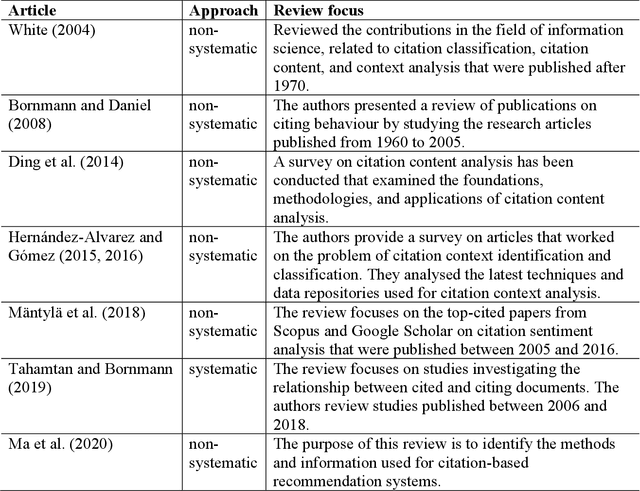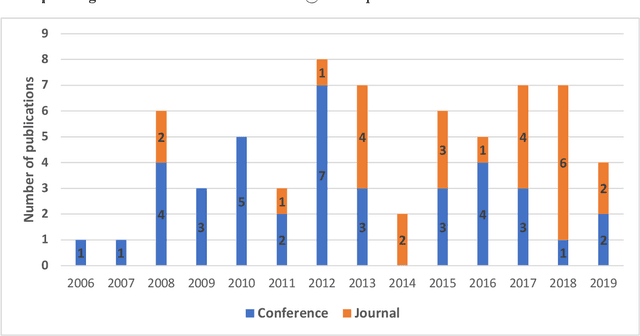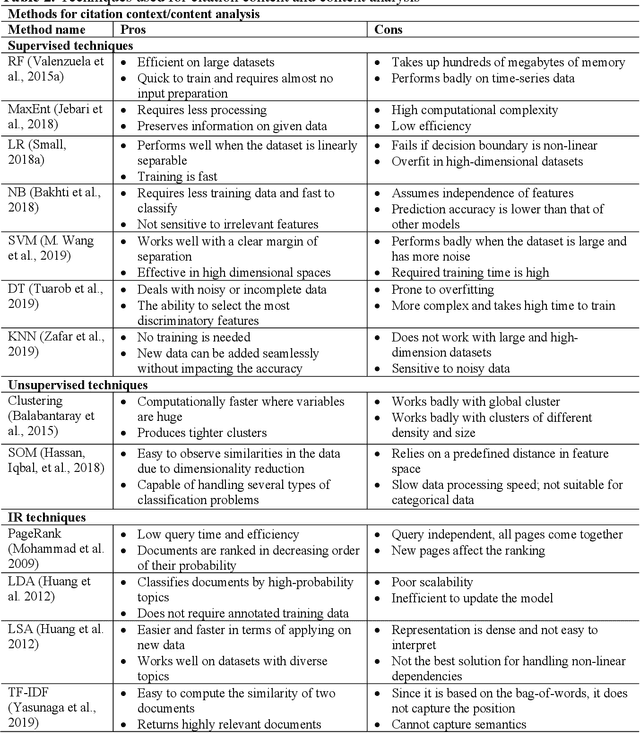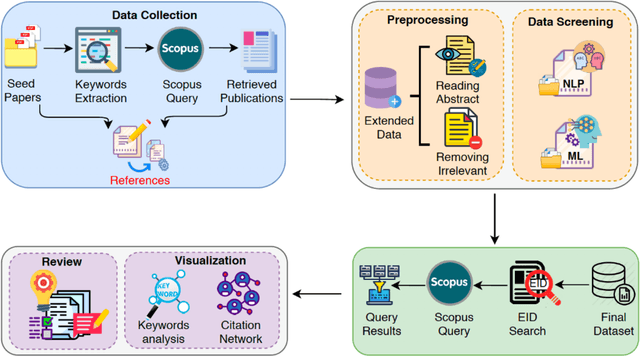Lutz Bornmann
Investigating Diffusion of Scientific Knowledge on Twitter: A Study of Topic Networks of Opioid Publications
Jan 27, 2021



Abstract:One way to assess the value of scientific research is to measure the attention it receives on social media. While previous research has mostly focused on the "number of mentions" of scientific research on social media, the current study uses "topic networks" to measure public attention to scientific research on Twitter. Topic networks in this research are the "co-occurring author keywords" in scientific publications and the "co-occurring hashtags" in the tweets mentioning scientific publications. Since bots (automated social media accounts) may significantly influence public attention, this study also investigates whether the topic networks based on the tweets by all accounts (bot and non-bot accounts) differ from the topic networks by non-bot accounts. Our analysis is based on a set of opioid scientific publications from 2011 to 2019 and the tweets associated with them. We use co-occurrence network analysis to generate topic networks. Results indicated that the public has mostly used generic terms to discuss opioid publications. Results confirmed that topic networks provide a legitimate method to visualize public discussions of (health-related) scientific publications, and how the public discusses (health-related) scientific research differently from the scientific community. There was a significant overlap between the topic networks based on the tweets by all accounts and non-bot accounts. This result indicates that in generating topic networks, bot accounts do not need to be excluded as they have negligible impact on the results.
A Decade of In-text Citation Analysis based on Natural Language Processing and Machine Learning Techniques: An overview of empirical studies
Aug 29, 2020



Abstract:Citation analysis is one of the most frequently used methods in research evaluation. We are seeing significant growth in citation analysis through bibliometric metadata, primarily due to the availability of citation databases such as the Web of Science, Scopus, Google Scholar, Microsoft Academic, and Dimensions. Due to better access to full-text publication corpora in recent years, information scientists have gone far beyond traditional bibliometrics by tapping into advancements in full-text data processing techniques to measure the impact of scientific publications in contextual terms. This has led to technical developments in citation context and content analysis, citation classifications, citation sentiment analysis, citation summarisation, and citation-based recommendation. This article aims to narratively review the studies on these developments. Its primary focus is on publications that have used natural language processing and machine learning techniques to analyse citations.
 Add to Chrome
Add to Chrome Add to Firefox
Add to Firefox Add to Edge
Add to Edge